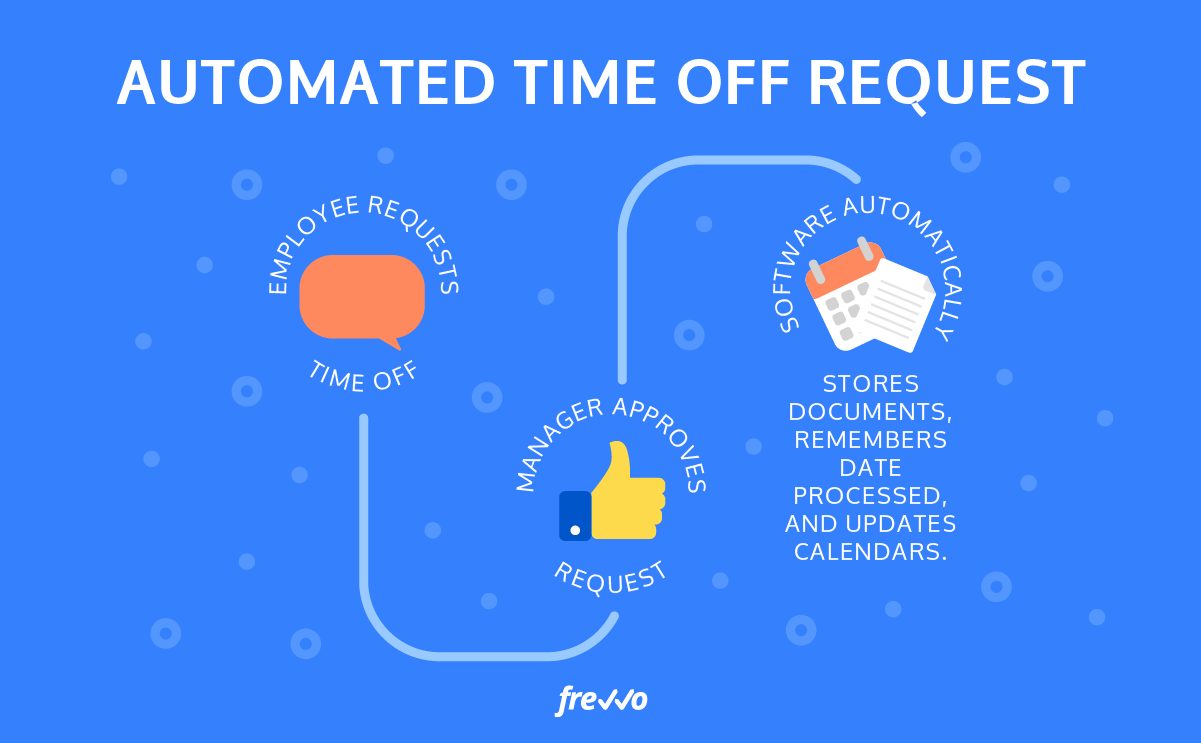Processing invoices manually is manageable in the early stages of a business. But as you start to scale, using spreadsheets and other manual methods just isn’t practical in the long run.
Manual processes can lead to issues like missing invoices, delayed payments, and even instances of fraud — all of which can hurt your bottom line and damage relationships with your vendors.
So how can you manage your invoices better and prevent costly errors? And how can you increase visibility across the entire accounts payable process?
By implementing an automated invoice processing solution.
In this article, we’ll look at what automated invoice processing is and how it can help you improve invoice management. We’ll also cover how you can create a fully automated accounts payable process using frevvo’s invoice approval software.
Continue reading “A Complete Guide to Automated Invoice Processing and How to Implement It”








